From Software is known for making extremely challenging but ultimately fair games. Elden Ring is the latest in their long line of critically acclaimed video games. For many journalists and Youtubers, it is the best game they’ve ever played.
But is this merely recency bias, or has Elden Ring surpassed the famous Dark Souls series? That arguably is why From Software is as notorious as they are now. This article will answer whether Dark Souls is Better than Elden Ring.
Each of these games has its own merits and faults, which make them unique experiences that people may subjectively enjoy from one over the other. Dark Souls has a spectacular-level design and a more focused game-play structure. Elden Ring has far more freedom in exploration.
Regardless, you must ask what these aspects mean and how they would influence your enjoyment of the game. So we’ve broken things down between the two games to help give you a better idea of what you’re in for with each.
What are the differences in level design?
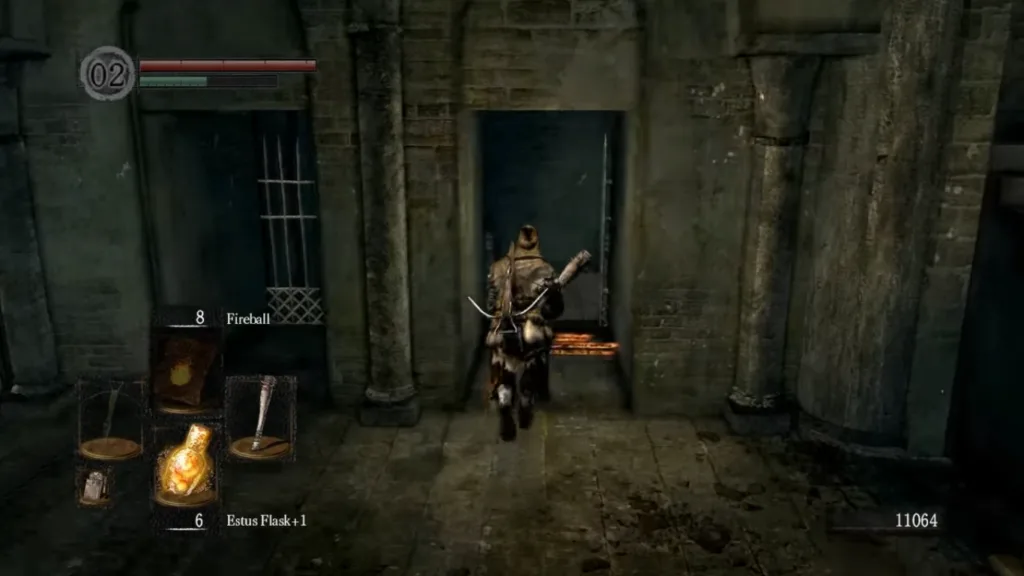
It’s safe to say that one of the defining moments for Dark Souls players was that amazing click moment when we first took the elevator in Undead Parish back to Firelink Shrine. It highlighted one of the key strengths of Dark Souls as a video game: its meticulous level design.
The entirety of the map was connected. Several ladders, locked doors, elevators, and hidden walls provided a wondrous sense of verticality to Dark Souls unseen in most triple-A games of the time.
Every nook and cranny in Dark Souls seems full of secrets, items, and enemies. This made exploration such an engaging facet of its overall game philosophy. However, this complete inter-connectedness is yet to be repeated by any other entry in the Souls franchise, and Elden Ring also falls short in this regard.
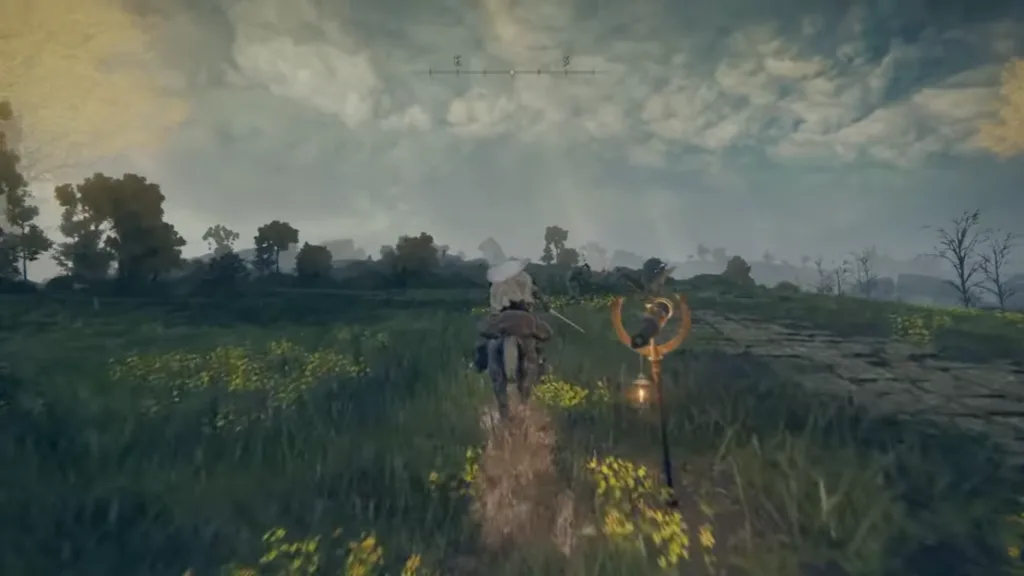
Although it might be true that Elden Ring does not replicate Dark Soul’s verticality, it does share some of its DNA owing to the meticulous placements of secrets, items, and enemies. Where Elden Ring excels is horizontal exploration.
You are free to ride your trusted steed Torrent where you might like and dash through thick forests, damp swamps, and snow-capped peaks. The game feels like an unending road that continues to express itself the further you push toward its seemingly infinite boundaries.
What are the differences in gameplay?
If we’re to compare gameplay differences between the original Dark Souls and Elden Ring, it would be hard to describe anything concrete, yet just by looking at the two games, one clearly understands that they function differently.
The mechanical differences between the two games might result from the time at which they were released, but in reality, it truly feels as if Elden Ring’s combat is the epitome of the system first laid down by the first Dark Souls.
Although anyone who’s played both games will tell you that there is a clear difference in focus between the two games. By focus, we mean which systems in the game were most developed and how much time did From Software foresee you putting into that particular aspect of the game.
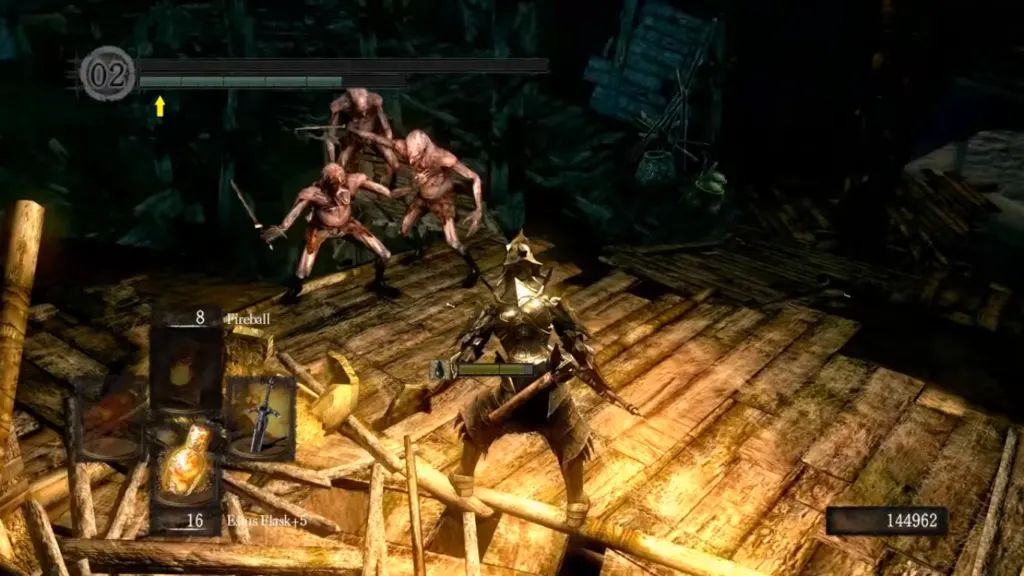
Dark Souls is all about navigating tight corridors, dark dungeons, and ruined castles. The focus is on exploring claustrophobic spaces that restrict and confine the player. Which would make them afraid of any terror lurking behind the corners.
It was encouraged to constantly take your time and be mindful of your surroundings. This was then capped off with a memorable boss fight, one specifically curated to challenge you regarding all the areas taught you.

However, in Elden Ring, this focused approach is far less common. This is because Elden Ring, although capable of providing tight corridors, dark dungeons, and ruined castles for players to get through, does not have these as absolutes.
That is to say, you are free to traverse at your leisure and are not forced to follow the railroad of the game. You can venture as far as you like and tackle these challenges in whatever order. Often times the bosses at the end do not even need to be fought sequentially (there might be some unavoidable circumstances).
This allows Elden Ring to be focused on the journey, the gorgeous set pieces, the wide-arching vistas, and the memory locations. It provides a sense of freedom in exploration that was sorely missing in the previous From Software games.
What are the differences in PvP?
While both games have a robust PvP system implemented within them, they are nonetheless quite different in their execution of the mechanic and how ultimately you will experience the games.

If we start off with Dark Souls, we believe the most crucial strength of Dark Souls is the PvP system’s simplicity and responsiveness. This is to say, even after so many years and the release of so many other games, it is quite easy to find a duel, a helpful summon sign, and tons of community messages everywhere.
The use of humanities made this system extremely streamlined and provided ample opportunities for players to engage with each other. Several popular PvP hot spots and a dedicated PvP area added to the game through the DLC Artorias of the Abyss.
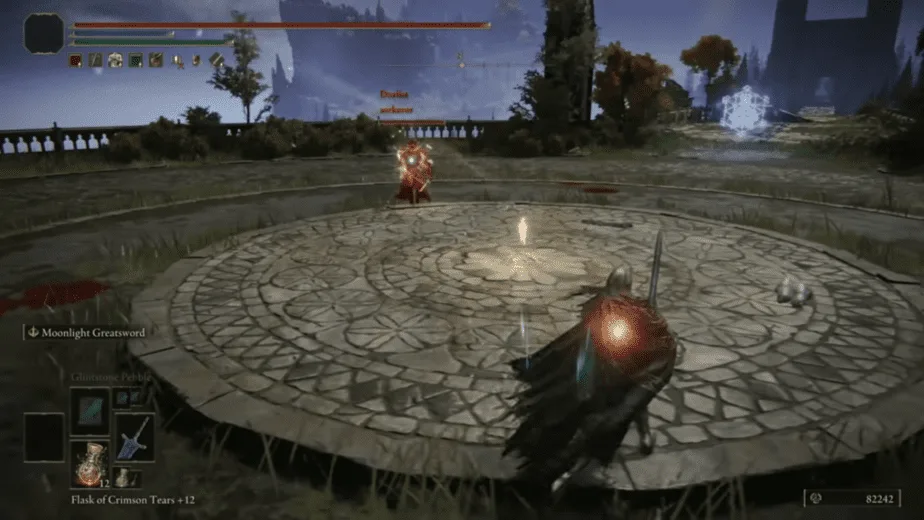
On the other hand, many players have reported several issues with Elden Ring’s PvP system. It’s an obtuse mechanic that aims to reduce the frustration of new players by only allowing PvP to occur if wanted and does not allow for natural instances of it within the game.
The matchmaking system is also very strict; many players have complained about how long they often have to wait to load into a match.
However, when the PvP system works, it is a charm. The sheer build variety and usable weapons make Elden Ring combat feel rich and engaging.
Although you will find your frequent Rivers of Blood clones, you will also find unique builds centered around special weapons in the game and those focusing on using a combination of deadly spells. The ability to test out and compete with such a variety makes Elden Ring’s PvP attractive.
What are the differences in Boss battles?
Epic Boss battles have been a hallmark of From Software games. Both Elden Ring and Dark Souls have some extremely memorable boss battles, but some differences between them make their experiences individually unique.
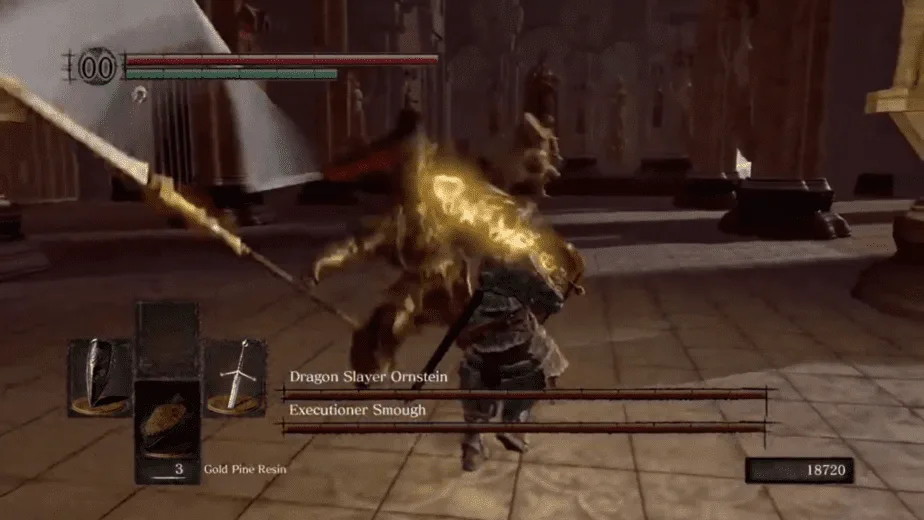
For Dark Souls, the boss battles are always the climax to a gauntlet of traps, enemies, and platforming challenges. These bosses highlight the apex of the creatures within Lordran and require a sheer will to overcome.
Who can forget the iconic introduction to the Gaping Dragon, the insane difficulty of Ornstein and Smough, and the then blindingly fast combat being pit against Artorias of the Abyss?
However, we must agree that most of these bosses are very clunky in their execution. Dark Souls bosses require the player to get behind them and whack them till their dead or require patient defense while they whip out their moves. The age of these fights has certainly reduced some of their lusters.
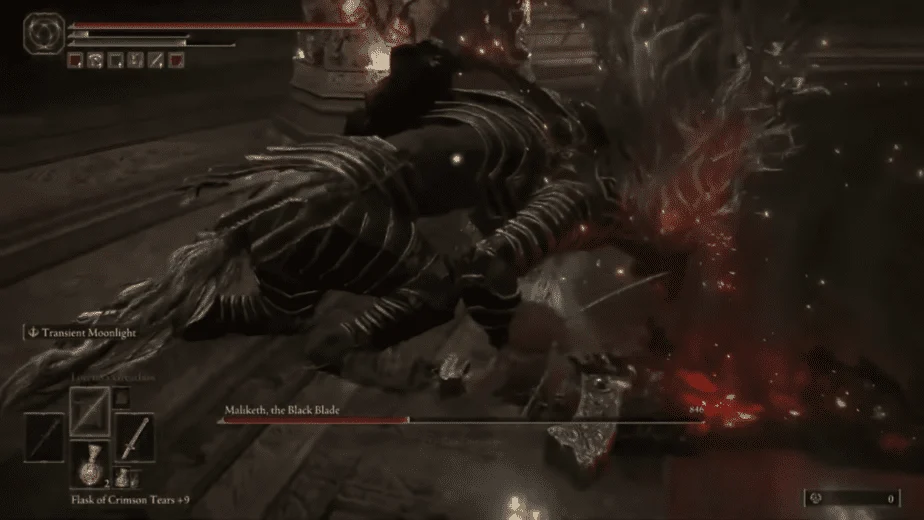
On the other hand, Elden Ring has two types of Boss fights. The main story boss fights are accompanied by an introduction cut scene, and the over 100+ side bosses do not feature a cut scene but are a challenge nonetheless.
The amazing aspect of Elden Ring Bosses is their mechanical genius and design. Each of them looks superb and performs complex combos, and requires a sound tactical mind and lightning-quick reflexes to overcome.
However, therein also lies the two major issues of Elden Ring boss fights. The side bosses because they can be encountered in the open world, often are either surprisingly easy for you if you’ve thoroughly been exploring or are insanely difficult if their mechanics are simply not clicking.
Moreover, many main story bosses enter into an almost frenzied state that requires such pixel-perfect dodges that, if failed, can simply one-shot you.
What are the differences between their story and lore?
What’s obvious from the get-go is that Dark Souls and Elden Ring do not share a single world. So their lore and plot lines will vastly differ from each other.
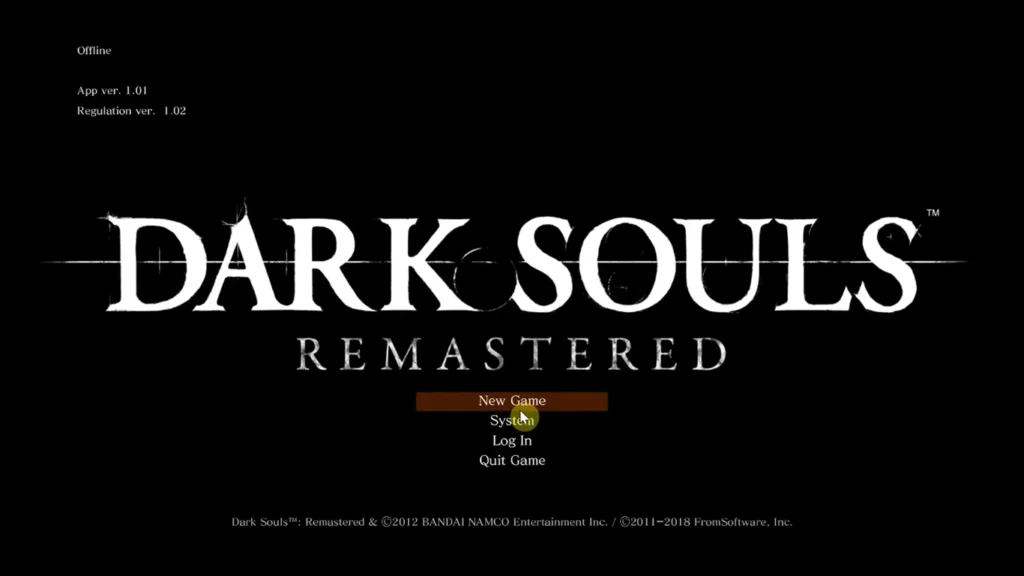
In Dark Souls, you are the Chosen Undead tasked with ringing the Bells of Awakening and finding out the true purpose of the Undead. Through the story, you go from fighting against Demons, Knights, and Dragons to ultimately fight and defeating the Gods themselves.
You must then choose to either extend the age of Fire, which manifests the familiar rotting stagnancy that the world is currently plunged in, or abandon the Fire, which manifests the acceptance of an unknown, unforeseen Dark era over the land.
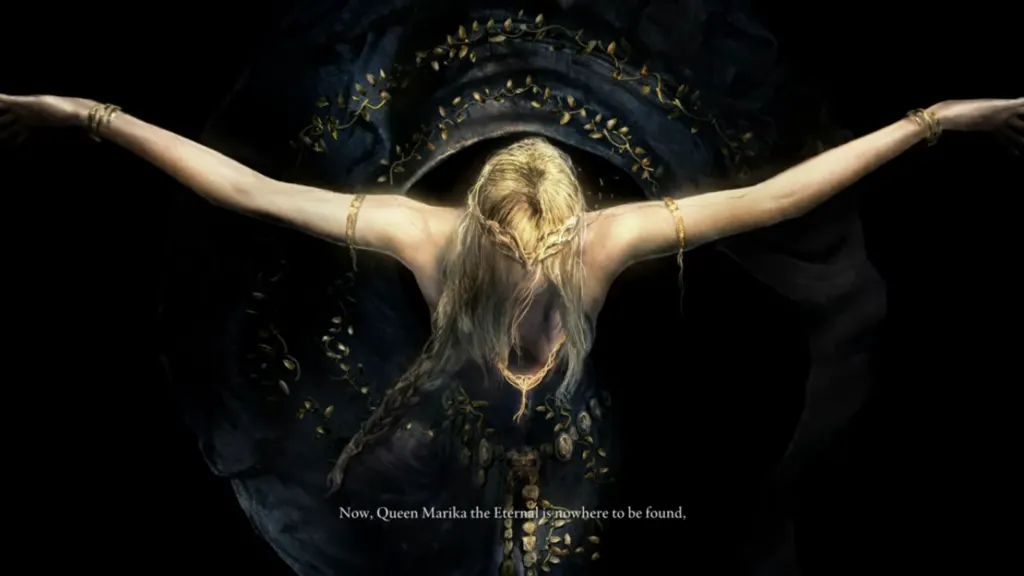
In Elden Ring, you are but another a Tarnished. An individual provided the guidance of grace that attempts to repair and obtain the Elden Ring to become Elden Lord. On your journey, you fight various God-like beings from the get-go, Eldritch horrors, and defeat legendary creatures, both Dragon and Non-Dragon.
You can interact with several NPCs throughout Elden Ring that can alter the ultimate ending you particularly see. This is perhaps one of the unique aspects of Elden Ring.
Both games have an exceptionally deep story and immersive lore; however, both require much input and effort from the player to untangle their complex web of connections and plot threads. Both have memorable NPC interactions and provide a satisfying end to the epic journey thus far.

